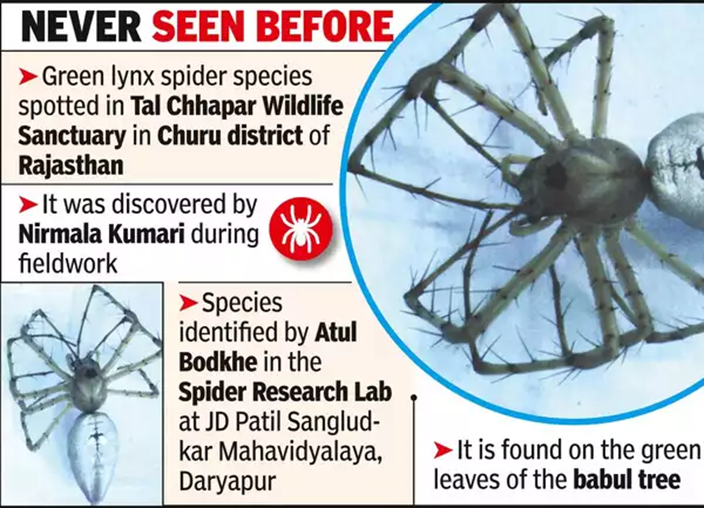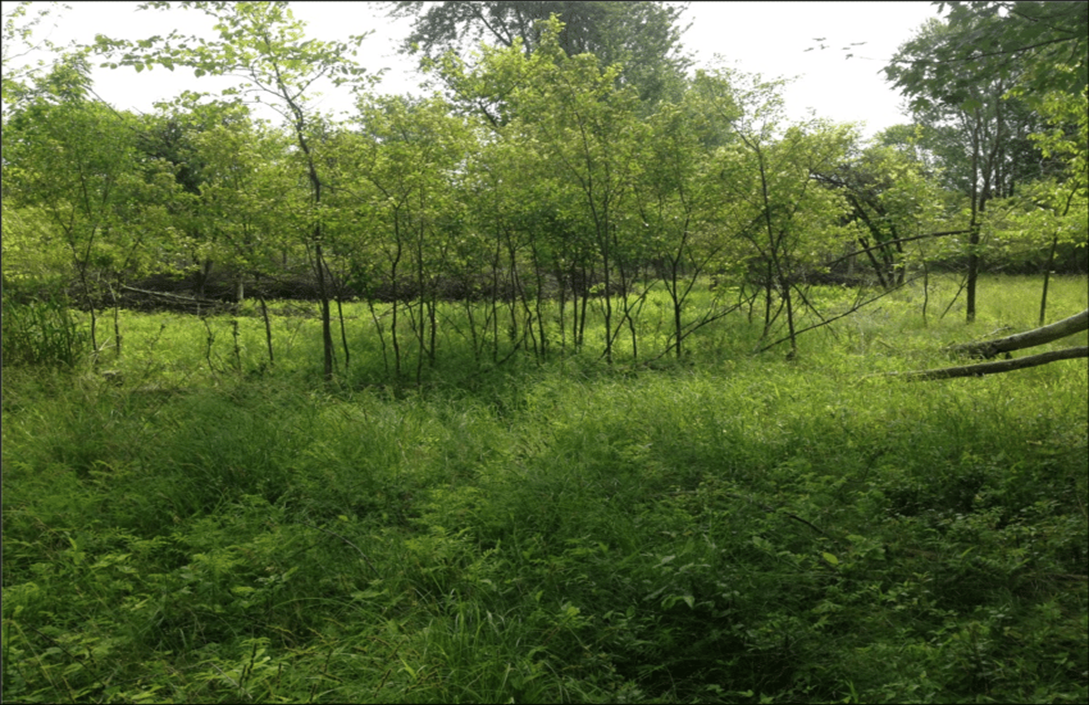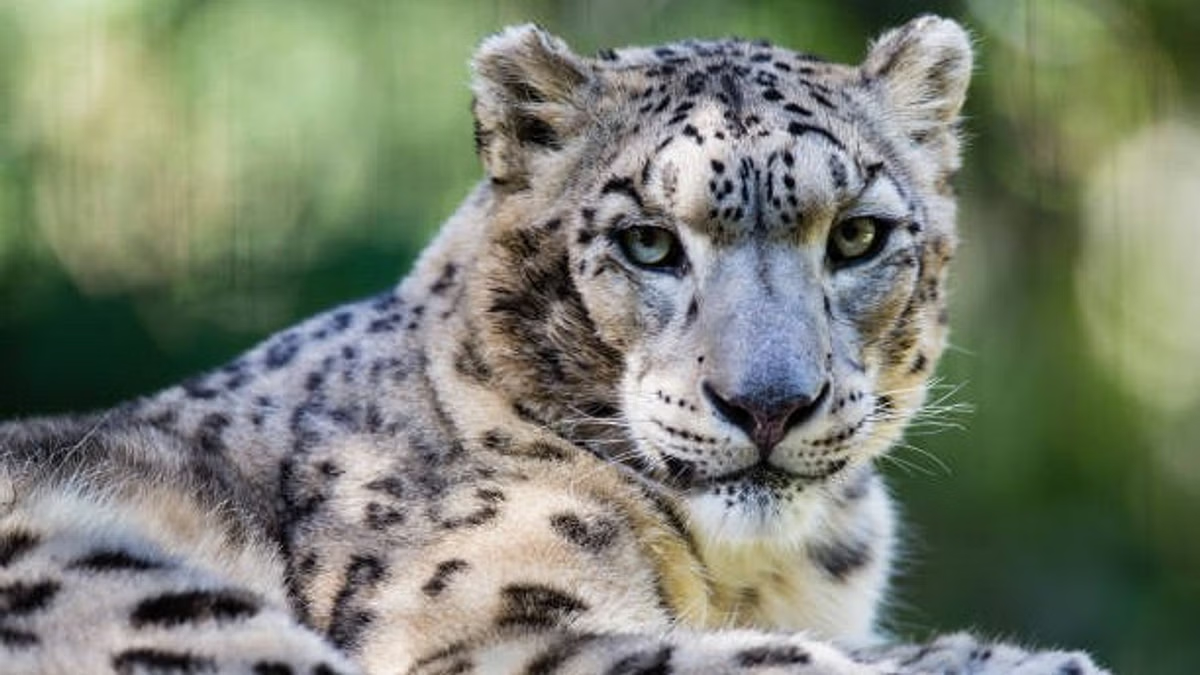- Courses
- GS Full Course 1 Year
- GS Full Course 2 Year
- GS Full Course 3 Year
- GS Full Course Till Selection
- Online Program
- GS Recorded Course
- NCERT (Recorded 500+ Hours)
- Polity Recorded Course
- Geography Recorded Course
- Economy Recorded Course
- AMAC Recorded Course
- Modern India, Post Independence & World History
- Environment Recoded Course
- Governance Recoded Course
- Science & Tech. Recoded Course
- International Relations and Internal Security Recorded Course
- Disaster Management Module Course
- Ethics Recoded Course
- Essay Recoded Course
- Current Affairs Recoded Course
- CSAT
- 5 LAYERED ARJUNA Mentorship
- Public Administration Optional
- ABOUT US
- OUR TOPPERS
- TEST SERIES
- FREE STUDY MATERIAL
- VIDEOS
- CONTACT US
Newly Discovered Green Lynx Spider Named Peucetia Chhaparajnirvin
Newly Discovered Green Lynx Spider Named Peucetia Chhaparajnirvin
04-05-2024
A recent discovery by a Dariyapur-based archaeologist has brought to light a new species of green lynx spider, Peucettia chaprajanirvina.

- This spider has never been encountered before.
Key Facts:
-
Species Identification:
- Peucetia chhaparajnirvin is a new species of green lynx spider, belonging to the family Oxyopidae.
-
Discovery Location:
- The spider was found in the Tal Chhapar Wildlife Sanctuary in the Churu district of Rajasthan, India.
-
Naming:
- The spider species derives its name from the area where it was discovered, Tal Chhapar, with the suffix "-nirvin" added to honor a local environmentalist, Chhapar Singh Rajpurohit.
-
Habitat and Appearance:
- Peucetia chhaparajnirvin is found on the green leaves of the Vachellia nilotica (babul) tree.
- Its green hue provides excellent camouflage, aiding in ambush hunting.
- The spider's long legs enable swift movement.
-
Nocturnal Behavior:
- This spider is nocturnal, meaning it is active during the night.
-
Diet:
- Peucetia chhaparajnirvin feeds primarily on small insects.
About Lynx Spiders:
-
Characteristics:
- Lynx spiders are active spiders that do not construct webs or nests.
- They capture prey by pouncing upon them.
-
Predatory Role:
- Lynx spiders are major predators of insects found in low shrubs and herbaceous vegetation.
-
Physical Features:
- They have a distinct arrangement of eyes in a hexagonal pattern.
- colorful stripes on their abdomen and pointed feet.
What is Herbaceous Vegetation?

- Herbaceous plants are non-woody plants, including grasses, sedges, rushes, ferns, and forbs.
- Annual herbaceous plants live for one year, while perennials live for several years.
- Herbaceous plants serve as a valuable source of food and cover for numerous wildlife species.


